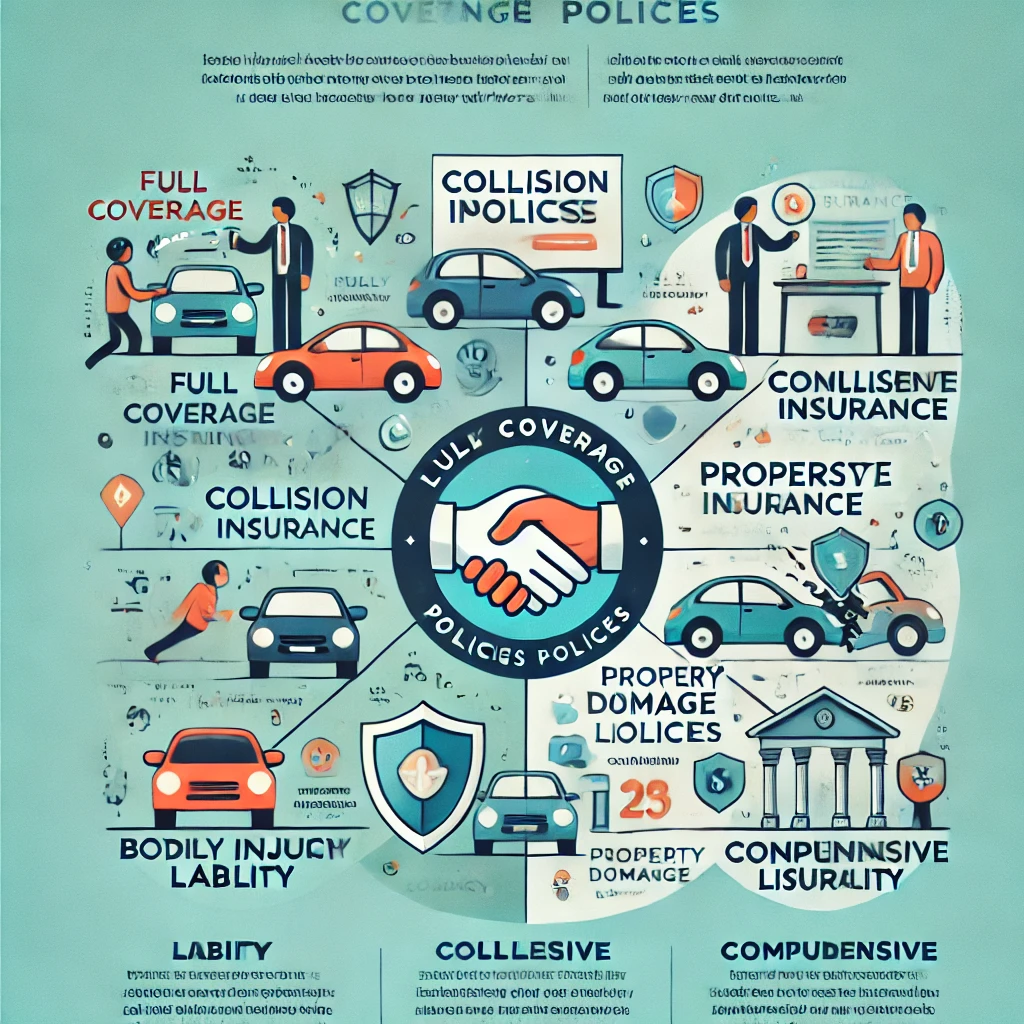Car insurance costs tend to rise and fall in tandem with overall U.S. economic trends over decades, so lower-risk drivers should pay less. This week, Triple-I notified the Federal Insurance Office (FIO) of the Treasury Department of the situation.
Table of Contents
ToggleTrio-I, in a letter responding to a federal RFI, said that US car insurers are accurate in pricing their policies by employing a broad array of rating elements. They all must be in accordance with state rules and regulations when it comes to selling automobile insurance plans.
“There is no convincing evidence that insurers charge more than they should, either across the broad market or in particular subsegments, such as neighborhood, race, income, education, or profession,”. Additionally, the letter said that the rating elements used by US car insurers to price their insurance fulfill their purpose and are verified to assure their correctness and dependability.
For some, insurance might be reasonable; for others, it can be prohibitively costly, according to the letter. “In both circumstances, the conclusion is valid. “Drivers with lower risk profiles pay less for insurance.”
According to the answer to FIO’s request for information, the proper price for an insurance policy varies substantially from one consumer to another and from state to state. State governments control the insurance industry.
“Insurance firms and their actuaries have concentrated on discovering characteristics that ensure every client pays the proper premium,” . The rates are determined by the amount of money that has been lost in the past on comparable risks. Insurers collect premiums from policyholders to cover the cost of providing coverage.
Auto insurance pricing policies in the United States are being questioned by critics who believe certain elements, such as credit-based insurance ratings and the geographic location of the customer’s house, discriminate against lower-income drivers and minorities. Auto insurance premiums for individuals who are less likely to be involved in an accident are inflated, while those who are more likely to be involved in an accident are underpaid.
Interventions have the potential to go horribly wrong.
If circumstances disclose that costs must be high for a customer, forbidding them does nothing to modify the fundamental expenses that are the basis for the rate to be high,” .
To help make insurance “affordable,” regulators would sometimes interfere in the rating process to lower premiums for certain groups.
In spite of their good intentions, “these efforts may backfire spectacularly,” increasing total prices and limiting availability significantly while also hindering innovations that might solve the problem.
Genuine issues need real answers.
In order to make insurance more inexpensive, there are a number of viable options.
When it comes to finding answers, I believe that tackling the expenses that insurance covers is the best way to go about it.
In addition to tackling socioeconomic challenges that encourage minorities and low- and moderate-income persons to live and drive in situations where vehicle insurance costs the greatest, remedies include improving the transportation environment.



Pingback: Best auto insurance rate: A Guide to Buying Car Insurance - Best Auto Insurance Policies